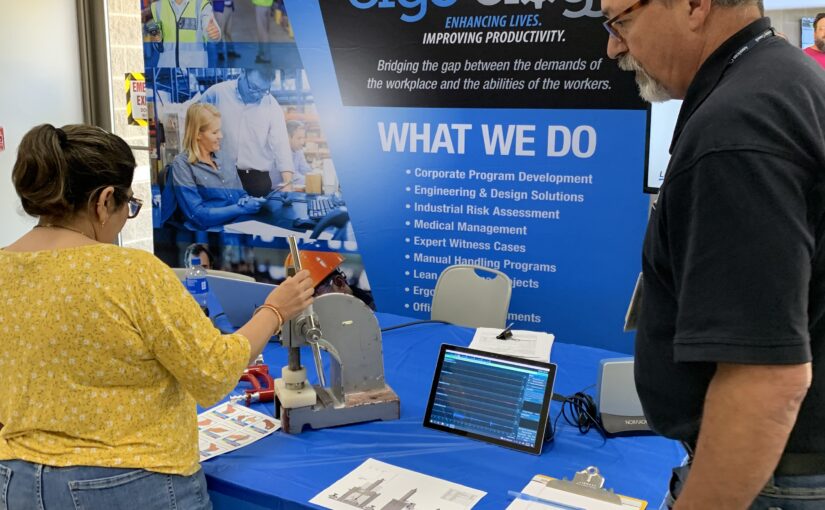
Whether running, jumping, squatting or kneeling, the activities we do every day are made possible because of our muscles, tendons and bones. These three components all connect to make the many joints in our body work. The knee is the largest hinge joint in the body. It bends (flexes) and straightens (extends) to allow us to move and perform numerous activities.
The knee joint is made up of two bones, the femur (thigh bone) and tibia (shin bone). The kneecap (patella) aids with movement; the cartilage, bursa and meniscus help reduce friction and allow for pain-free movement. The knee acts as a lever between the upper and lower regions of the leg. It is made up of several ligaments that limit movement and stabilize the joint, several muscles on the front (quadriceps) and back (hamstrings) of the legs that permit movement, and a large tendon called the patellar tendon. (A tendon is a band of tissue that connects muscles in the body to surrounding bones.) When a muscle contracts, the tendon and the bone it is attached to are pulled in a specific direction, which gives us the ability to move.
When tendons are pulled very hard or repeatedly placed under stress, the band can stretch beyond its capability. A prime example occurs during a baseball game when a catcher squats down to receive the ball from the pitcher or in a shop when an auto mechanic squats down to change a tire. Because the attachment points of the patellar tendon are on opposite sides of the knee, movements that produce a squatting posture cause the patellar tendon to be pulled in opposite directions creating tensional stress. Repeated stresses like this can cause the tendon to break down. A similar breakdown process occurs when a rubber band is pulled in opposite directions for extended periods of time. When stretched, rubber bands develop small tears that get larger as continued stress is applied.

Eventually, the stress becomes greater than the band’s capability to withstand it, and the rubber band snaps in half. In the body, this breakdown is called creep response. Tendons act the same as a rubber band in that, as they are continually stretched, smaller tears become larger and eventually break, resulting in injury. The farther the tendon is stretched, the greater the likelihood for it to become injured. The patella tendon receives a larger tensional stretch as we squat closer to the ground. When the angle behind the knee is smaller, the tension on the patella tendon is greater. Squatting parallel with the knees inline or behind the toes will require muscle activation in the upper legs, but harmful forces will be absorbed in the muscle belly rather than placed on connective tissues.
Another posture that allows individuals to work at lower heights is kneeling. Kneeling places great tensional force on the patella tendon in addition to the contact stress the tendon receives as the knee contacts the ground. This additional stress can increase tendon breakdown and speed up the process of suffering a knee injury.
If knee injuries are on the rise, look to see if the limits of the knee are being exceeded. Also, note that allowing sufficient recovery time between job tasks is necessary to decrease the likelihood of injury.

Yamaha leaned into Ergo-ology’s ELP® (ergonomics leadership program) at the start of 2022 with hopes of engaging employees, developing a Read more

We are pleased to announce the United States of America has granted Ergo-ology permissions to certify in #ergonomics with the Read more

Employees complete tasks, many of which require physical labor, every day. These actions range from sitting in a chair to Read more